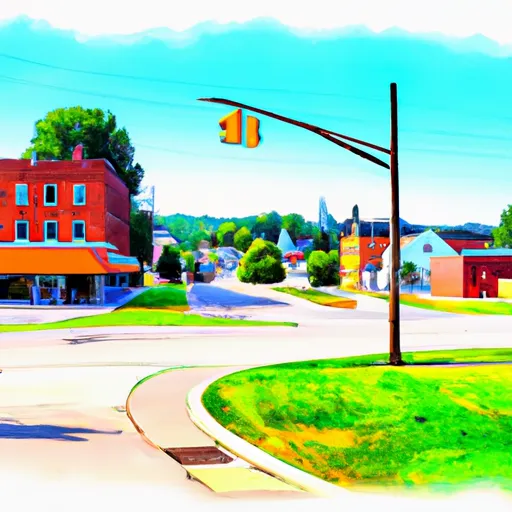°F
°F
mph
Windspeed
%
Humidity











Big Bend is a village located in Waukesha County, Wisconsin. The climate in Big Bend is characterized by hot summers and cold winters, with an average temperature of 48°F. The hydrology constituents in the area include the Fox River, which runs through the village, and the Vernon Marsh, a 3,700-acre wetland that is home to a variety of plant and animal species. Outdoor recreation opportunities in Big Bend include fishing, boating, and hiking at the Vernon Marsh Wildlife Area, as well as golfing at The Broadlands Golf Club. The village also hosts annual events, such as the Big Bend Blues & BBQ Festival and the Big Bend Firemen's Festival.
Weather Forecast
Big-Bend receives approximately 885mm of rain per year, with humidity levels near 79% and air temperatures averaging around 9°C. Big-Bend has a plant hardyness factor of 5, meaning plants and agriculture in this region thrive during a short period during spring and early summer. Most plants will die off during the colder winter months.
Regional Streamflow Levels
3
Cubic Feet Per Second
23
Cubic Feet Per Second
3
Cubic Feet Per Second
101
Cubic Feet Per Second
Nearby Camping
| Camping Area | Reservations | Toilets | Showers |
|---|---|---|---|
| Oakland City Park | |||
| Rushing Creek - LBL | |||
| Paris Landing State Park | |||
| Gibson City Park | |||
| Sam Parr State Park | |||
| Fox Ridge State Park |



